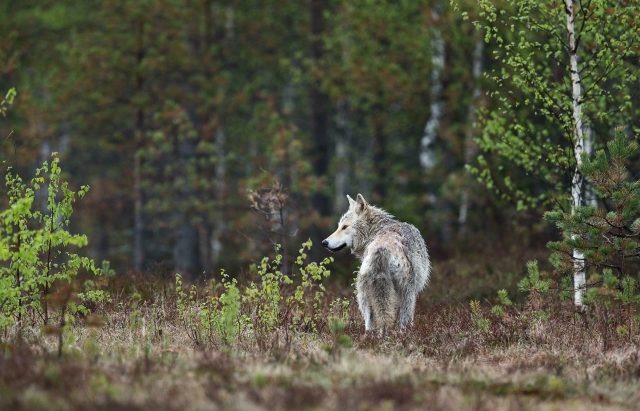
In a highly anticipated statement and to the relief of European farmers, Ursula von der Leyen recognised that the presence of the grey wolf in European countries “…has become a real danger for livestock and potentially also for humans…”. More importantly, the European Commission’s president also announced her intention to review and potentially revise the status of protection of the wolf, as well as furthering the legal framework’s flexibility considering the situation. With a skyrocketing population, the grey wolf is endangering cattle farmers’ livelihoods all throughout Europe. From Sweden to Germany to more recently Spain, the uncontrolled growth of the wolf population, paired with the strict protections over the species, has left farmers defenceless against the canine’s attacks against its livestock. Worse off, as observers warn, there have been multiple sightings of these animals near rural towns, putting at risk those who live in these towns.
Under the Habitats Directive of 1992, farmers are prohibited from deliberately capturing and killing wolves in the wild. The strict protection status of wolves was at the time justified: Europe’s wolf population was dwindling, with the only stable populations found in Spain and Greece, who at the time had a flexible protection regime. Since then, wolf populations have exponentially grown, managing to establish a stable wolf population in most Member States. The issue? The growth in population has been followed by an increasing number of attacks on livestock farms, causing great losses to farmers throughout Europe, whose hands are tied by the legislation. Mainly, the conservation rule prohibits necessary culling and other population management policies. In November 2022, a resolution of the European Parliament called on the Commission to support the agriculture sector by ensuring a greater flexibility for farmers in protecting their livestock from wolf attacks. Now, the Commission has announced its intention to re-examine the legislation.
Specifically, the Commission has asked local communities, scientists and interested parties to upload up-to-date data on size and location of wolf populations. Using the updated data, the Commission will decide a possible proposal to modify the directive and to introduce, where possible and necessary, greater flexibility for farmers. Data may be uploaded until September 22nd via e-mail ([email protected]). Both policymakers and farmers have welcomed the decision. For instance, the rapporteur of the European Parliament’s Future of Food and Farming has highlighted that “we have to take a comprehensive approach to the protection of biodiversity by not only ensuring the protection of other species but also considering environmental, agricultural as well as socio-economic factors.”
However, the announcement has also reignited the intense debate between environmentalists and farmers. Environmentalist groups argue that a lower protection status will do little to solve the problem, with the answer to be found in livestock damage prevention measures. Moreover, earlier this year, 12 EU environment ministers signed a letter to Virginijus Sinkevičius, the European Commissioner for the environment, urging him not to “weaken the legal protection of the wolf.”.
With over 19,000 wolves present in 27 EU member countries, and the demonstrated danger that they pose both to livestock and humans, the need to lower the protection of the wolf is crucial. The step taken by the Commission should only be the first of many, where the interests of farming communities become a priority. The conservation of wildlife should not come at the cost of the livelihoods of those communities to make up the core of the EU.



 Subscribe
Subscribe